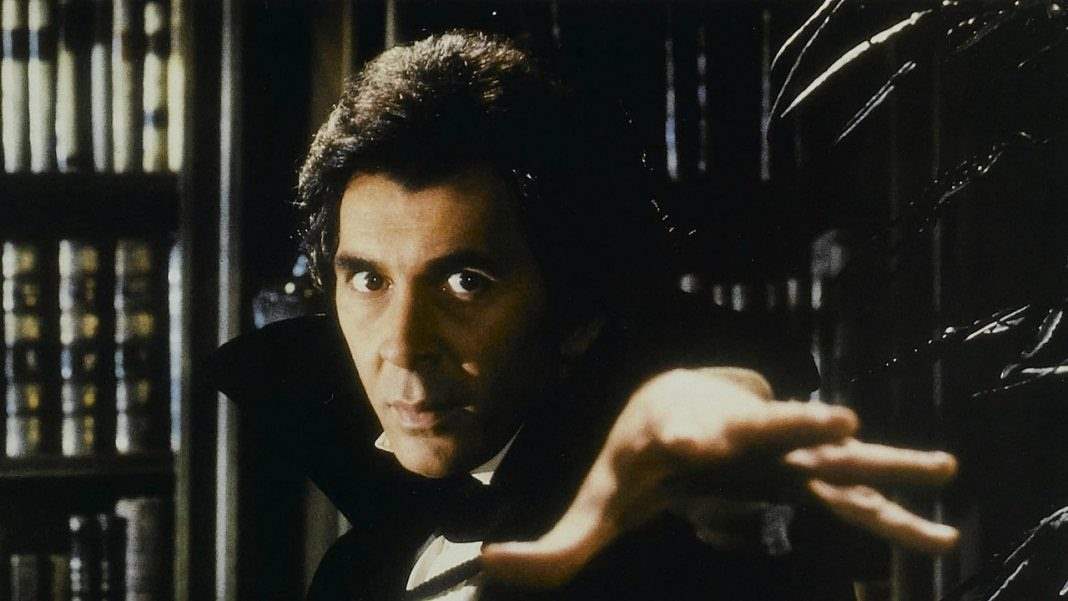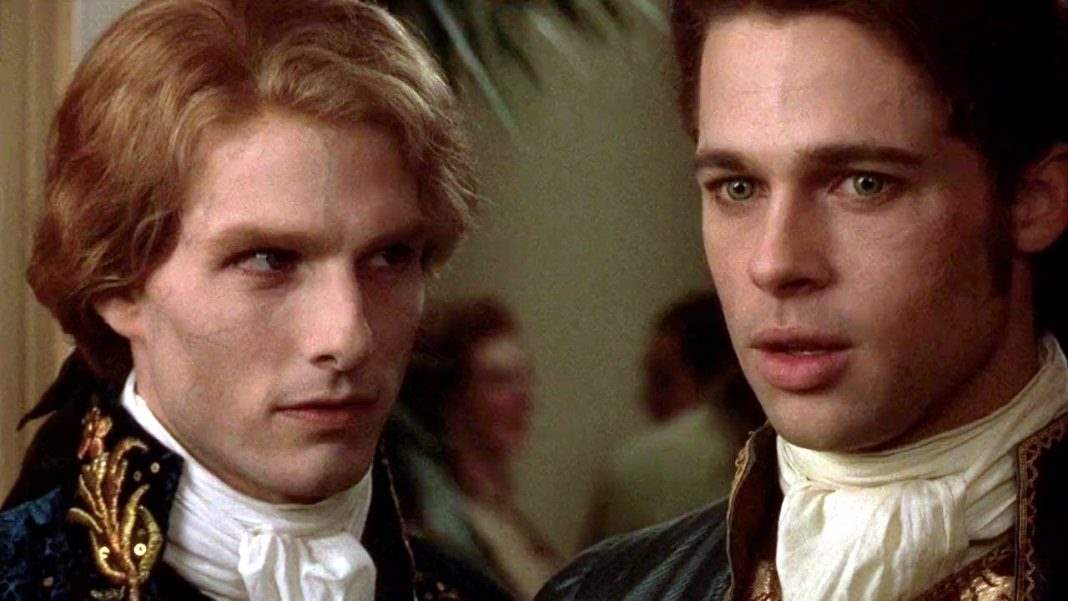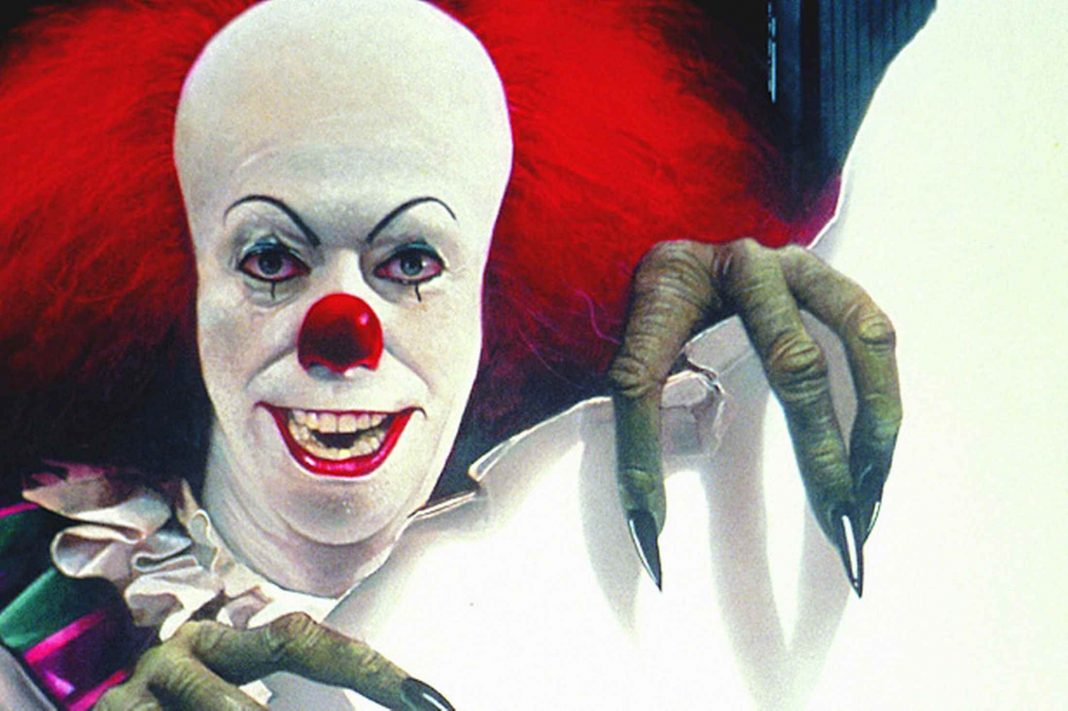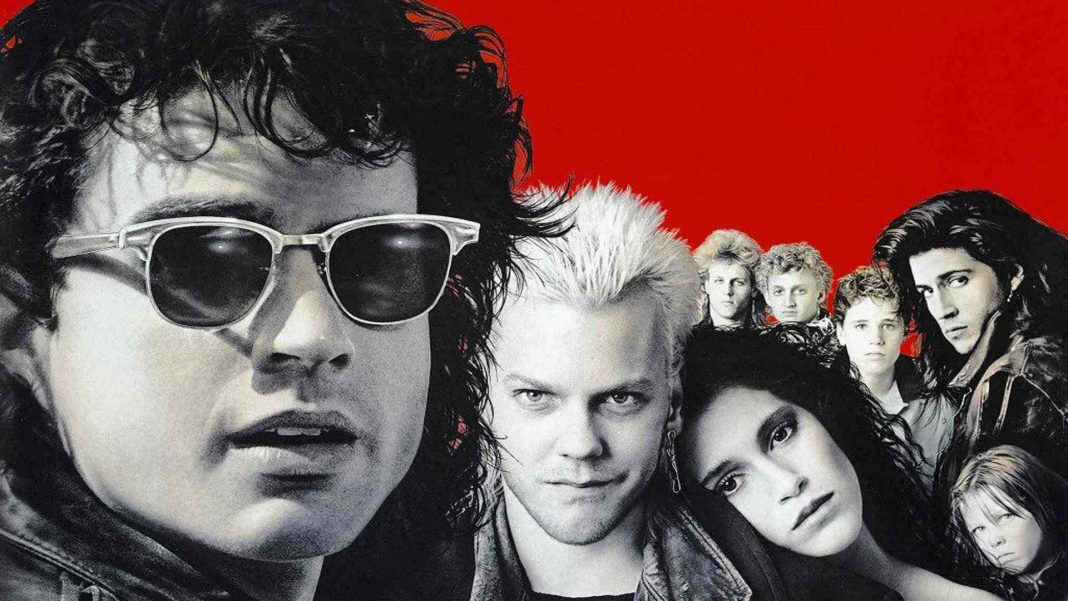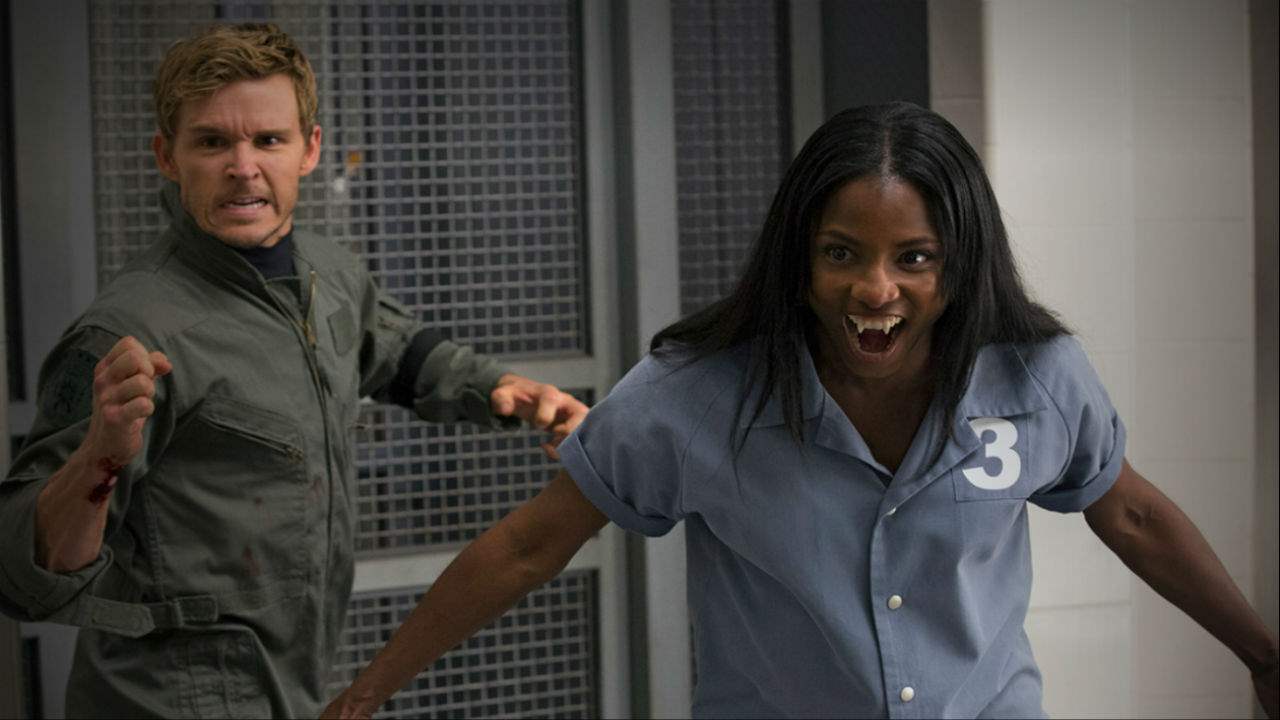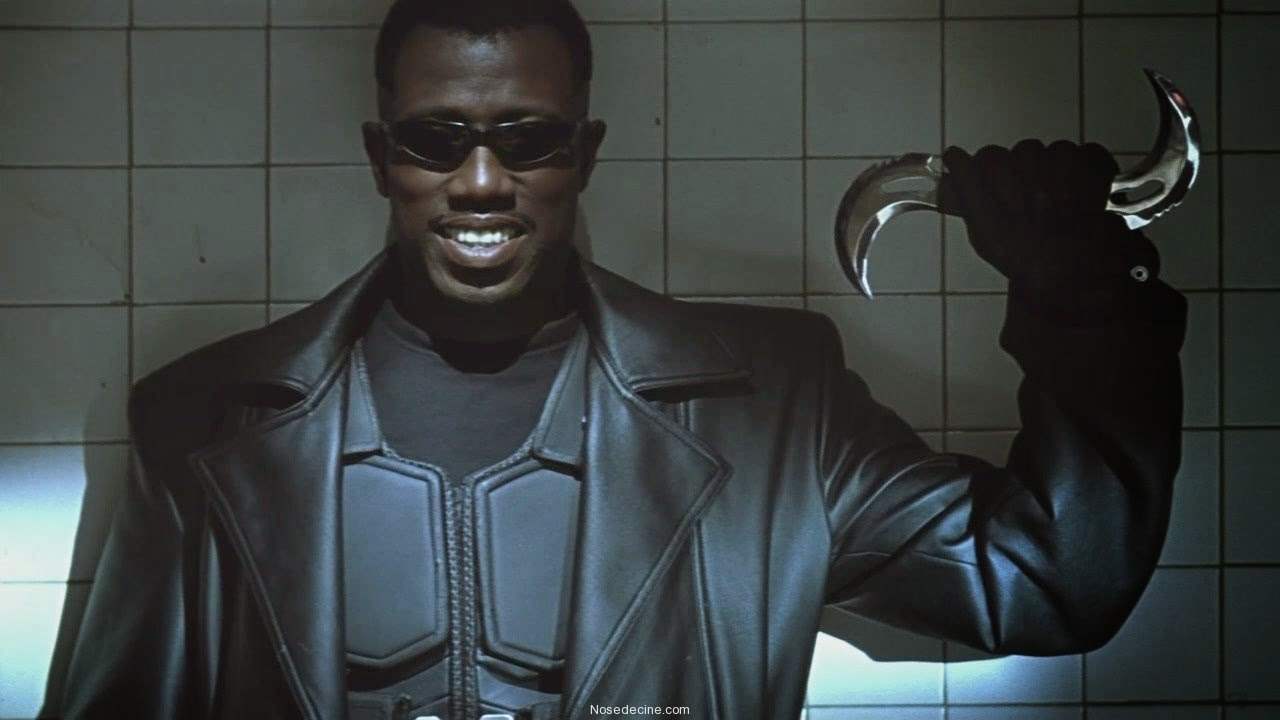Outside of Sherlock Holmes, Dracula has seen more appearances on screen than any other fictional character. The book remains the single most frequently adapted novel in history. Given that, it seems obvious that some adaptations would take liberties with the story. What we’ve seen in these movies goes beyond simple liberties though. Some adaptations change the whole structure or make awkward combinations of the characters themselves.
Arthur, who is Lucy’s husband in the book, might become her brother. Dr. Seward, one of Lucy’s suitors in the book, becomes Mina’s father in the original Universal production. Virtually any combination of these characters and their relationships that could be imagined has been done over the many, many years of Dracula movies we’ve had so far.
Also See: Five Great Movies Directed by Make-Up Artists
This story has been restructured with each new film and television project. Every filmmaker hopes to put their own stamp on the material. Some aspects of the novel don’t lend themselves to straightforward adaptation, sure, but for the most part, these features are the work of writers and directors who wanted to put their own stamp on a mythic character.
Sometimes, it doesn’t quite work. But other times, it winds up working very, very well and injecting fresh blood into a classic tale…so to speak.
Dracula (1979)
John Badham’s Dracula is a personal favorite among the ranks of the Count’s filmography. But the version of the vampire we see here is a far cry from the vampire of the novel. This is the distilled pop culture essence of Dracula. Suave, charming, attractive, witty—he’s a powerful screen presence. The characters go off the template of the original Universal movie. The only thing it retains from what’s familiar about the novel is the gothic atmosphere. The production design feels classic and everything else is basically a straight up romance—which is a trend that many others would follow.
Did You Know? Wicked Horror TV Has Independent and Classic Horror Films Available for Free!
 Horror of Dracula (1958)
Horror of Dracula (1958)
Hammer’s original Dracula more or less sticks to the overall story, but the changes are out-of-left-field and definitely warrant exploration. Here, Jonathan Harker moves to the castle under the guise of becoming the Count’s new librarian, but secretly is an agent of Van Helsing who is there to destroy the Count once and for all. London is totally scrapped for the sake of using as many of the same locations as they can. It’s still one of the best adaptations of the story we’ve ever seen.
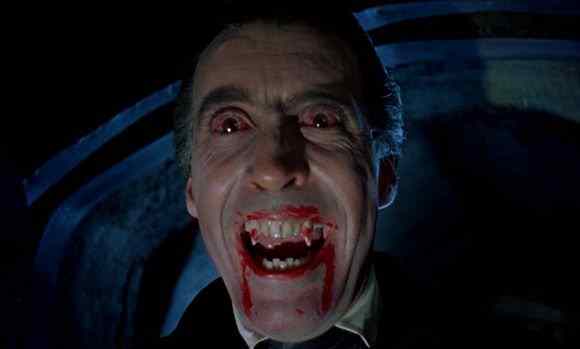 Dracula (2013)
Dracula (2013)
NBC’s Dracula mini-series changed several details about the character and the story, mostly for the sake of stretching it out to a full season. There’s a whole Order in London working to take out vampires. Our titular character is living under the name Alexander Grayson, and even though the show’s called Dracula, that’s mostly what he goes by. But the reinterpretation of the Mina and Lucy relationship, making the gay subtext overt and exploring it was a high point.
 Dracula (1972)
Dracula (1972)
Dan Curtis’ Dracula changes the story by introducing a romantic subplot for the Count. It’s the first adaptation to tie the central character’s origin to the historical figure of Vlad III Dracula. The Count sees Lucy as the reincarnation of his long-lost wife. If that sounds familiar, it should. It’s exactly the move the next film on this list pulled, with much more famous results.
 Bram Stoker’s Dracula (1992)
Bram Stoker’s Dracula (1992)
Bram Stoker’s Dracula actually does give us the basic events of the novel, or the closest we’ve seen. That’s what it promises and it some ways, it delivers. The catch is that this straightforward adaptation of the book is playing out in the background, while the entire ‘A’ plot hinges on Dracula’s romance with Mina, who is the reincarnation of his wife who killed herself.

Dracula 2000
Dracula 2000 is a sequel to the basic story, but it also strives to be a modern retelling at the same time. This version is similar to the seductive, sexy vampire played by Frank Langella, only with fewer lines and leather pants. This time, though, Dracula isn’t Vlad the Impaler. He’s Judas. And say what you will about the movie, but that plot twist is so obvious that it kind of becomes excellent, especially with the feature’s inherent campiness.
 Blood for Dracula
Blood for Dracula
Holy crap. Where to begin. In this version, released in the states as Andy Warhol’s Dracula, The Count is basically an invalid who needs virgin blood to regain his strength. He travels from Transylvania to Italy, instead of London, solely because he thinks he will find more virgins there. It’s such an Italian version of the story. It’s kind of hilarious. The insanity, crudity and sleaziness builds and builds with each passing scene. It’s a Dracula adaptation that has to be seen to be believed.

